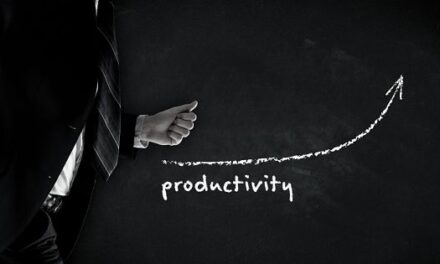Many business owners don’t understand the importance of having a safe workplace. Often working safely and maintaining compliance with legislation is seen as either too hard or not relevant to the business. Lack of understanding safety is also a factor.
Nothing could be further from the truth. Every business has risks associated with the safety of all people who enter the business. For example, you may be a retailer of home décor items with a shopfront in a busy shopping centre. These stores tend to have a wide variety of items stored on shelving and racks, out front and at times high up on shelves which require a ladder to reach.

Customers can knock over an unstable or overfilled rack, they can trip over items which overflow shelves onto the floor and staff can fall or injure themselves stretching to reach items high on shelves.
The delivery person who accesses the back dock may not see that broom the cleaner has left on the back dock and trips over it causing a potentially serious injury.
It’s obvious that working on a construction site is dangerous. There are excavations, earthmoving equipment, electrical installations and myriad other hazards.
Home based business also has safety concerns. Are the principals working late hours in unsuitable spaces with inadequate lighting, uncomfortable chairs, surrounded by paperwork, products and office equipment plugged into double adaptors attached to more double adaptors?
Workplace safety isn’t just about the workers, it’s just as important for the owners and managers of business. If the owner or manager is unable to work due to a workplace injury where does that leave their workers? Who is going to operate the business whilst key personnel are out of action?
There are plenty of statistics available from SafeWork Australia showing the cost of accidents and incidents in the workplace. The cost doesn’t just relate to the payment for treatment, hospital stays and workers compensation insurance premiums.
Replacing damaged equipment and engaging staff to replace the injured worker are all factors. Loss of reputation of a business can affect the bottom line. Other workers are often reluctant to work where an incident has occurred, they are afraid for their own safety.
Long term absence from work due to injury can lead to depression in workers which affects the family and friends around them.
Work Health and Safety laws Australia wide place the responsibility for providing a safe workplace squarely on the shoulders of the person in control of the business. The person with overall responsibility for running the business is where a regulatory authority such as SafeWork NSW will look when they attend the site of a serious incident.
Examining things such as safe work practices, training, consulting with along with maintaining the workplace in a safe condition are all factors which determine fault and ultimately penalties being issued.
Now you have an idea of what work health and safety is about you can work toward making improvements.
Best practice is a documented system to manage safety in the workplace. A Work Health and Safety Management System (WHSMS) will help keep all aspects of safety in your individual workplace organised.
Regardless of the industry in which you work it is the best way to keep everything in order.
The basic elements of a WHSMS include items such as:
- Work Health and Safety Policy
- Hazard and Incident Reporting
- Consultation processes
- Identifying and managing risk
- Training
- Procedure for, chemicals, plant and equipment, emergency situations and the like
- Provision of facilities such as meal rooms and first aid kits.
This list is not exhaustive and is dependent upon the industry in which you operate.
It is important to have genuine commitment of management. This isn’t just about telling workers what to do it’s demonstrating it.
There is nothing worse than demanding workers wear safety shoes and high viz workwear and the CEO walks around the factory floor in dress shoes and a suit blatantly ignoring the rules.
Training your workers so they understand why safety is important is critical. So many workers think it’s just an exercise for management to ‘tick boxes’ or that workers compensation insurance will look after them. Cut off a hand and insurance cannot replace it. You will no longer be able to spend Sundays on the golf course or interact with your kids in the same way again.
Take the time to see what it takes to keep your people and your business safe – it’s worth it.





















